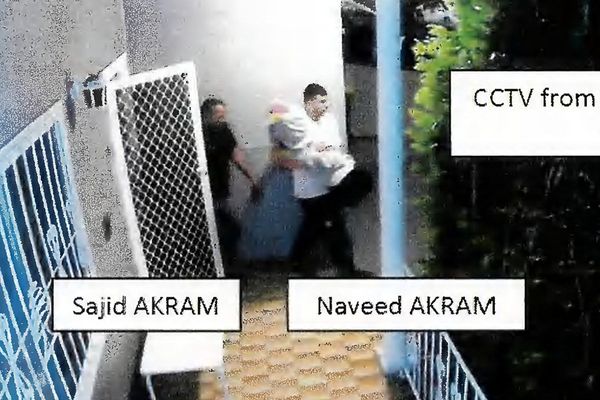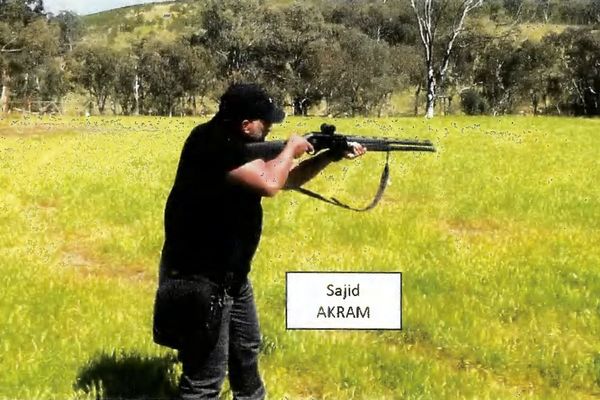
Only a continued funding boost can halt a growing crisis in public hospitals, as more patients wait longer for elective surgeries, officials concede.
The waitlist in NSW has grown to more than 100,000 people, just shy of the all-time peak that was reached after widespread cancellations during the COVID-19 pandemic.
Crucially, those waiting longer than critically recommended for a surgery jumped a whopping 151 per cent over the year to 8857.
A "concerned" Health Minister Ryan Park responded to the latest quarterly performance report from the NSW Bureau of Health Information on Wednesday by announcing a $23 million injection to facilitate 3500 extra surgeries.
But he said similar investments that employ more staff, fund medical supplies and allow surgeries to be shifted to private hospitals would be needed.

"We need investment to be consistent (so) local health districts can predict, can allocate the funds and get those surgeries done as quickly as possible," the minister said.
The waitlist grew seven per cent from a year earlier despite 3.6 per cent more surgeries taking place in the March quarter, compared to the same quarter last year.
Reducing the waitlist after the pandemic only occurred with major extra resources, general surgeon and Australian Medical Association NSW vice president Fred Betros said.
"That's just not sustainable under the current resourcing that we have," the surgeon told AAP.
Overdue surgeries were 14,000 when Labor was elected in 2023 and dipped as low as 1850 nine months ago.
Opposition health spokeswoman Kellie Sloane labelled the government's additional spend "like putting a band-aid on a broken arm".
"It's not going to fix the problem ... and behind every one of those numbers is a patient that is sick, that is in pain or waiting for diagnosis," she told 2GB.
Wait times are also blowing out, reaching 65 days for semi-urgent surgeries and 322 days for non-urgent procedures.
Reality could be even worse than the quarterly figures suggest, with reports alleging major NSW public hospitals have manipulated surgery wait data to hit key performance indicators.
Clinicians were often asked to class surgeries as less serious than they were to provide the hospital more time, Dr Betros told AAP.
"The people that make these requests are often the meat in the sandwich, with pressure coming from above to meet KPIs, and pressure from doctors coming from below who won't recategorise," he said.

The AMA said better funding of public hospitals, improved work conditions and specialist positions and a focus on preventative measures, including a sugar tax, would improve the health system.
The NSW Nurses and Midwives' Association, which has been in pay talks with the government for more than a year, said the upcoming state budget must help hospital workers get a wage boost.
"Our public hospitals are struggling to cope with the population demands and we are yet to see meaningful efforts by the government to address the ongoing recruitment and retention issues," assistant general secretary Michael Whaites said.







